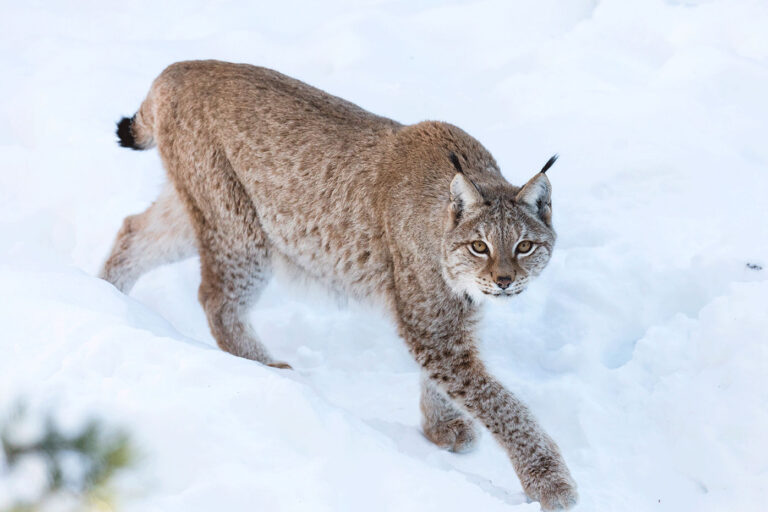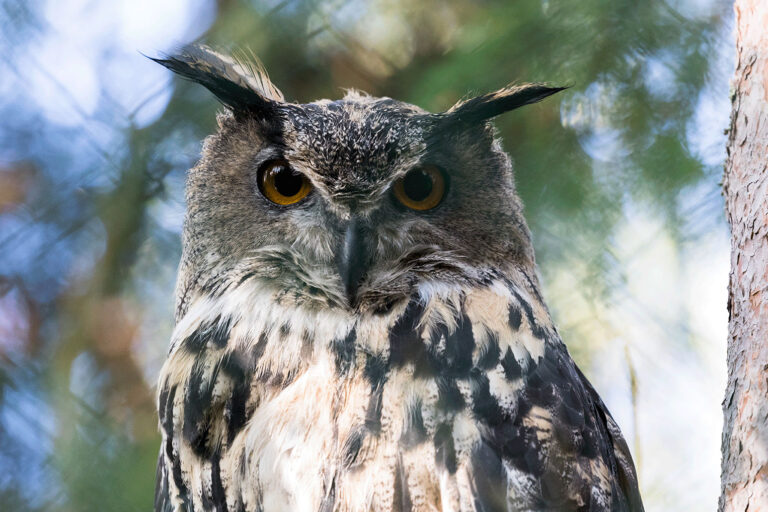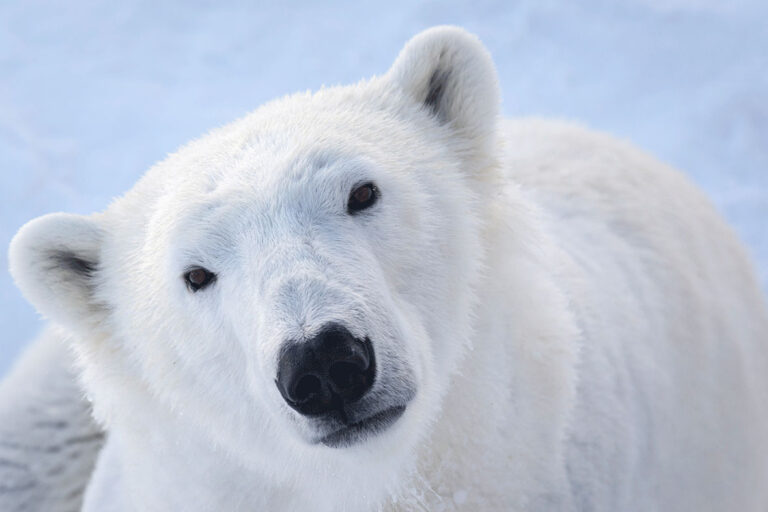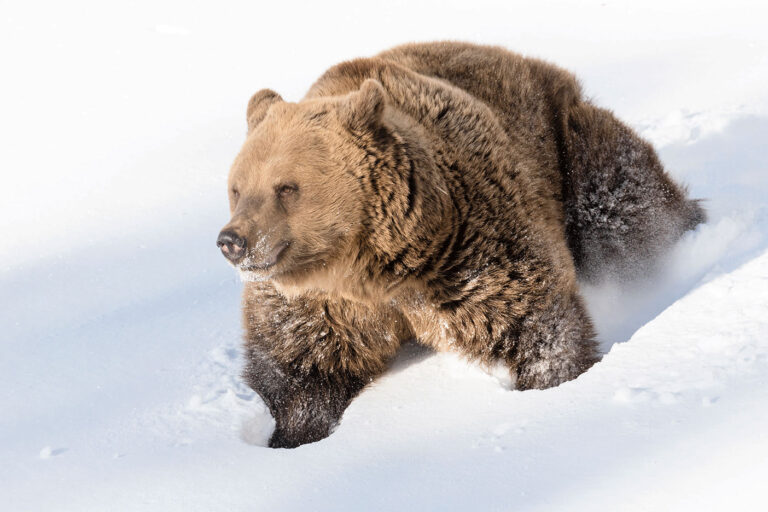OPENING HOURS MON-SUN 10-18 | TICKETS AVAILABLE ONLINE
Buy tickets onlineThe well-being of our animals is one of the core values at Ranua Wildlife Park and we want to act responsibly. Most of our residents were born in shelter conditions here or in other wildlife parks or zoos, and are used to the presence of humans – still we kindly ask all our visitors to respect the peace of the animals in their own home, and to behave in a calm manner near the enclosures.
Foster animals
A small portion of our residents are originally from the wild who have ended up with us after being injured or left without their mother’s care. Our first priority is always to return such foster animals to the wild as required by law, but if the animal has not rehabilitated in such a way that they could survive in the wild, they may remain with us permanently. This naturally requires that conditions are arranged for the animal in which their well-being is secured, and that the necessary permits for keeping the animal are obtained from the authorities.
At the moment, we cannot accept more foster animals from the wild, and for wild animals that need a permanent placement, we always consider on a case-by-case basis whether their placement is appropriate for us and in the animal’s best interest.
A prerequisite for welfare
The basic prerequisites for the well-being of the animals in our wildlife park are: a sufficiently large enclosure and related facilities designed with the needs of the species in mind, as well as competent animal keepers who know the characteristics of the animal species and our own individuals. In addition, animals naturally need food and health care that is suitable for them. In nature, the well-being of animals is often challenged by the difficulty of satisfying their basic physical needs – lack of food, predators and diseases are the biggest threats to well-being. In shelter conditions, their well-being can be secured quite well, but on the other hand, the animal may be prone to stress, for example, when time is not spent looking for food as in the wild.
Stimulation
We strive to guarantee each species the opportunity for species-typical behaviour by means of stimulation. Some of these mechanisms are clearly visible to the visitor: food may be served hidden in a cardboard box, so that the animal needs to work for their food, or a decent brush has been installed for ruminants for gnawing, a climbing frame for peeping and as a refuge for wolverines, a smart game to offer mental stimulation for ravens. Some of the methods are less obvious: for some animals, the grove or swimming place in the enclosure is important, for another, the opportunity to swim, for a third, the search for hidden treats or the fact that food is served in the form of a prey animal as whole as possible. Depending on the species and the individual, smells, sounds, sprinklers or even the public walking by the fence can act as a stimulus. A herd structure suitable for herd animals is a key well-being factor, solitary animals need the opportunity to retreat to their own conditions, even though they may sometimes benefit from the company of a fellow species in shelter conditions. In many cases, reproduction and the care of their young is an important means of enabling species-typical behaviour. Stimulation must be varied and individual enough to be effective.
Training
Training animals is both a part of the stimulation process and a part of facilitating care routines from both the animal’s and the human’s point of view. Our animals are not taught tricks for the pleasure of people, but the aim of the training is to increase the animal’s well-being and to facilitate the cooperation between the animal and people, and thus also reducing the animal’s stress. For example, the animals may be taught to move to a certain place on demand, so that the handler can move smoothly from one gate to another. Some animals have been taught to go to the scales in the transport shed, so that the transfer or weighing of the animal would be stress-free. The aim is to teach, for example, the polar bears, among other things, how to open their mouths on demand, so that the dentition can be assessed without anesthesia.
The development of animal housing conditions, care practices, feeding, stimulation and training is a continuous and long-term process, in which both self-learned knowledge and knowledge based on research in the field increases constantly. When developing everyday ways of working, sometimes we take a step back, sometimes we take leaps forward.
We want to be open about the challenges related to the topic and to be proud of the direction in which we are constantly taking our operation. We try to share news related to animals regularly in the section and on our social media channels.









